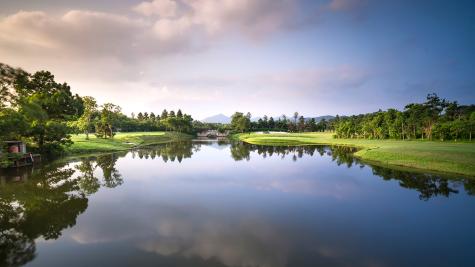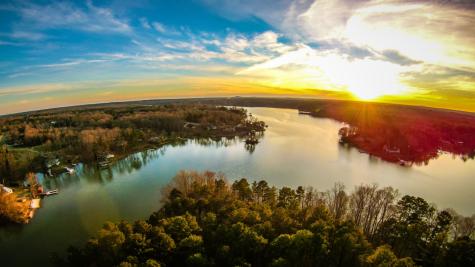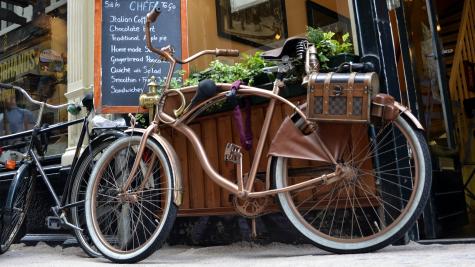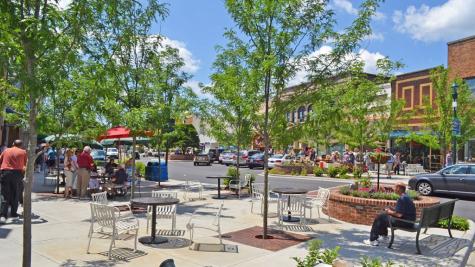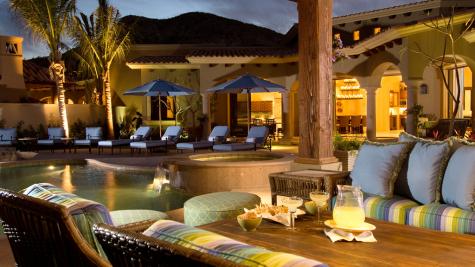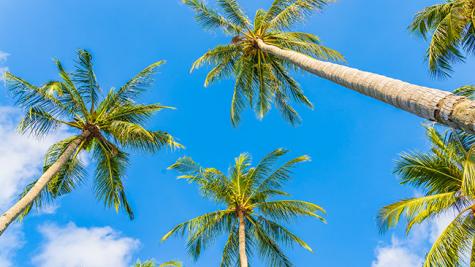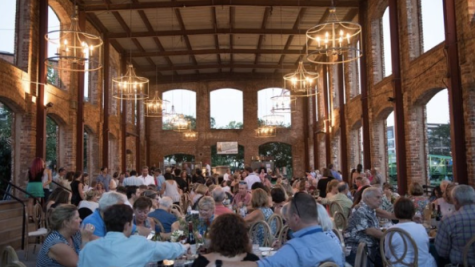7 Days in Costa Rica
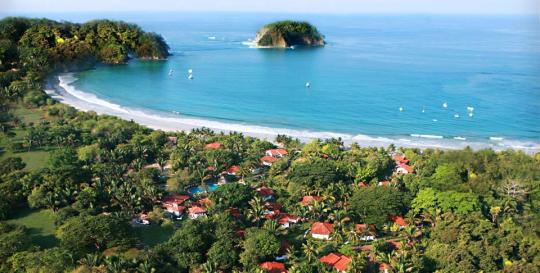
Like most folks our age, we’ve been exploring retirement options. The cost of living on a fixed income is no doubt the controlling factor. We began following an international organization years ago who suggests living abroad at retirement. A healthier quality of life and lower cost of living are the driving reasons. The organization claims Americans can comfortably live for less than $1,500 a month in places like Costa Rica, Panama, Columbia and Ecuador. We wondered how realistic this would be, after all, it would take a certain type of free-spirited person to live abroad in a third world country away from their family and friends.
We decided to take on the challenge and see if the statements are true. Our first stop was Costa Rica, a country we’ve never been. Here’s what we discovered:
REAL ESTATE PRICES
The Guanacaste region is located on the northern end of Costa Rica, on the Pacific side. It has been one of the fastest growing areas over the years, at a Costa Rican’s pace. We spent time at Carrillo, Samara and Tamarindo, three drop dead gorgeous beaches where at low tide, the shoreline withdraws about 100 feet exposing coral reefs and volcanic sand. Horses roam the beaches, surfing is easy and cozy beach bars are hidden under the palm trees.
We quickly discovered Costa Rica is a country of extremes. From million dollar luxury mountain top homes to tiny square box homes with bars on the windows, clean laundry drying on the line and front doors wide open. American-style Guanacaste gated communities were easy to find. The cliffside homes we found would be double the price in California. What we learned, ‘gated’ means the same price as America for the most part. It is easy to find ocean view condominiums starting in the $200k’s. Testing the theory of living on less than $1,500 a month, we'd have to pay cash for a home to make it work (banks won’t loan to foreigners anyway). Did you know US Citizens proving social security or pension income of $1,000 a month, can easily obtain residency status in Costa Rica and Panama?
Where we found the bargains was in the rental market and what a great way to get to know Costa Rica. Furnished one bedroom units within walking distance to the beach can be found for as low as $500 a month. We learned prices advertised on the web are always much higher than the owner will actually accept and short term rentals are easier to obtain, rentals 3 months or less. We thought, for a total of $1,500, why not take a 90 day US sabbatical and work from Costa Rica and try it out? Wi-fi is easy to find. We noticed our stress levels plummet quickly in Guanacaste and that appealed to us.
GETTING AROUND
Automobiles are double the price in Costa Rica. When we were not in San Jose (the country’s capital) we discovered most folks don’t own a car which could be a big culture shock to Americans and was to us. The public bus system is what Tico’s (the nickname for Costa Ricans) rely on and looks doable, if you’re not in a rush.
No risk car rental insurance at the airport ran us $66 a day plus the $12 GPS system. GPS is an absolute must and was our saving grace as a foreign driver. The price of fuel was $5 a gallon. In the backcountry, the one lane paved roads are narrow without protective barriers or the roads are gravel. Tico’s drive aggressively and very fast. Speed limit signs are only a suggestion to Tico’s but if you get a ticket, it will cost $600. We took our time and moved out of the way as needed. Bicycles are the way locals get around in downtown Samara and Tamarindo Beach.
COMMUNICATION
A friend of ours who was raised in Costa Rica told us the first thing we should do after we arrived in the country was to buy a Kolbi SIM Card. The card is Costa Rica’s cellular phone network charging much lower rates than the $2.29 charged per minute by our carrier Sprint. The mistake we made was not buying it immediately at the San Jose International Airport at the Kolbi kiosk located in the middle of the airport. These Kolbi folks speak English and have already been exposed to all the SIM problems with US carriers.
We arrived on Saturday and the ICE Kolbi carrier at Samara Beach didn’t open until Monday so we thought we were without cell service. This could be a concern in a foreign country. Fortunately, we had contacted Sprint before we left and they activated the Sprint SIM card in our phone. When the phone rang out of the blue, we realized we were fine. The SIM card issue wasted several hours of our time trying to make it work. The next time, we would buy it at the airport only if we were staying for months at a time.
LANGUAGE BARRIER
We don’t speak Spanish so we were concerned to some degree of how much of a barrier this might be. Hand signals worked just fine. We discovered an app for our phone before our trip called World Lens and it’s fantastic. Some smart genius figured out how to convert words from one language to the other by placing the cell phone’s camera into position. It worked like a charm!
SHOPPING
The biggest culture shock of all was shopping! You won’t find strip malls and shopping centers in Guanacaste. Small Mom & Pop boutiques, the local bakery, butcher and corner grocery stores are where the locals shop for everything. No big box stores, premium outlet malls or Walmarts are in Guanacaste, although Walmart does own Pali, a wholesale style grocery store. We quickly adapted to shopping like a local for the experience and to save money.
Fruits and vegetables are scrumptous and are half the price of the US. They’re even cheaper at the road side stands. Chicken, rice and beans are also dirt cheap. Imported cheeses are expensive! That includes Guda, Parmesan, and Swiss. Processed meats like lunch meat are expensive. A package of hot dogs was $20! If you eat like a local, you’ll save a ton of money. The food markets revealed to us the longevity secret in Costa Rica. No pesticides, preservatives, and synthetic additives are commonly used in the foods sold in this ‘green conscious’ country. Did you know Costa Rican’s have one of the longest life spans in the world? We saw first hand why.
Shopping Divas can still get their fix shopping in the city of San Jose at the Multi Plaza, similar to a high end mall in the US.
DINING OUT
The food and drink prices were virtually the same as in the states at the oceanfront bars and restaurants in Samara Beach and Tamarindo Beach. We didn’t venture off the beaten path for dining and why would we? The unspoiled beaches are insanely beautiful and mesmerizing. During our next trip in June, we plan to make a point to be more adventurous and see if restaurant prices are less in less touristy places.
MEDICAL CARE
Hubby had a brutal cough for a couple weeks before our trip and it wasn’t getting any better. Why not challenge a trip to the doctor and check out the medical care in Costa Rica. Did you know Costa Rica offers private medical insurance for between $60-$130 a month, irregardless of age? Private plans include dental work, optometry, well-visits and annual check-ups. 80% of the costs are covered for prescription drugs, certain medical exams, sick visits and hospitalization. Surgeon and aesthetician costs are covered at full cost. Costa Rica has three internationally-accredited private hospitals in San Jose.
Fortunately, we didn’t need to make a trip to the hospital. Instead, we stopped at the local pharmacy. The pharmacist didn’t speak English. We managed to communicate through hand signals and the World Lens app. By far, over the counter drugs are much cheaper than the US. The packages don’t come with tiny print legal disclosures but it did the trick. Locals told us the town’s friendly doctor was another option and he doesn’t mind making house calls 24/7, if he’s not out sportsfishing.
WEATHER
The seasons in Costa Rica are the opposite of the US. We traveled to Costa Rica during the hottest month of the year, February. It was manageable at 95 degrees on average. In fact, we found the beach areas to have less humidity than in Florida so when it was 102 degrees, it didn’t feel unbearable. Tico’s will tell you Tamarindo Beach is much hotter. We didn’t find that to be true.
The Central Valley where San Jose is located reminded us of Western North Carolina with layered mountain views all around us. Temperatures were much cooler in the evening and is why some folks choose to live in the Central Valley of Costa Rica instead of the beach.
DON’T BRING IT HOME
Each morning, we started our day with a beach walk at Carrillo or Samara Beach. As an avid shell collector, the gifts from the sea fascinated us. By the end of the week, we had quite a collection of sea shells. We carefully packaged them up in two ziploc bags. Costa Rica Customs quickly took the bags to our disappointment although they were nice enough to let us keep a couple shells. For the record, don’t bring sea shells home to the US from Costa Rica.
SUMMARY - TRIP #1
We haven’t quite figured out the car situation. Are long term rentals available and for how much? We’ll table that for now. We found the Costa Rican people friendly and willing to help in the touristy areas. The next time, we’ll venture off the beaten path to see if the same is true. Life runs at a much slower pace. For example, the postcards we mailed our grandkids were received two weeks later.
In our opinion, Costa Rica is very much like Hawaii but much less expensive and faster to get to. Flights out of Miami take about 2 1/2 hours and the cost is about $350 into San Jose. Ask us to share our Costa Rica relocation information.
Can Americans retire in Costa Rica for $1,500 a month? To be continued...
